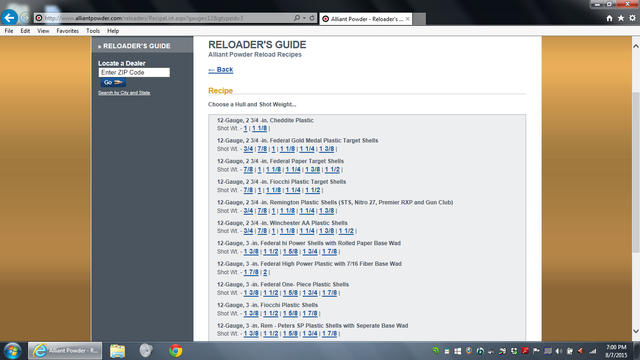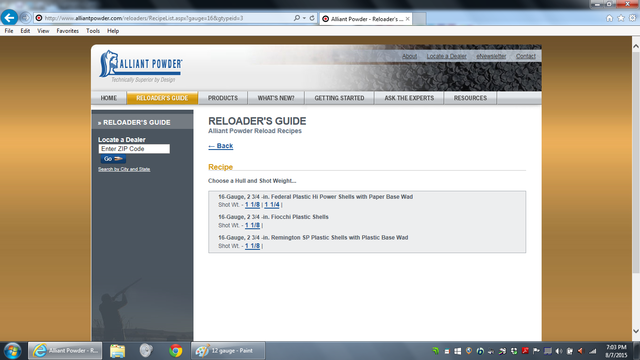12 ga. Nothing else is the same
Being as all shotguns operate in the same velocity range (for best patterns), the one that throws the most shot is the best, balanced against your ability to manage the recoil.
If everyone had maintained shooting 16s way back when, it would have the ammo offerings instead of the 12.
So, why didn't they?
Do you think the buying public conspired with the gun and ammo makers to avoid
panache?
The simple fact is, the more shot you throw, the better your chances. youthful experience with the 12, 16, and .410 taught me a number of things.
The .410 is often thought of as beginner's gun, due to its light recoil. And its a great small game gun at short range. But its not a good gun for wingshooting, for a beginner. In that use, its an expert's gun.
The 16 ga. is a fine shotgun, but its not quite the equal of the 12ga. Yes, a 16, built from the start as a 16 is lighter than a 12. But really, so what? If the small difference in weight between a 12 and a 16 is vital to you, I suggest the Viking answer, "grow stronger!"

Seriously, every gun is heavy at the end of the day. If you have a nice 16, I won't say put it away and get a 12, that's just foolish. But if you have neither, get the 12, don't bother with the 16 unless your passion is the oddball. I happen to have that passion in rifles, so I know how it is.
A lot of people favor the 20ga, with the 3" shells. Their points include, the 3" 20 throws as much shot as the 2 3/4" 12, and the guns are much lighter.
Quite true, but not all the truth you need to know. 20s are lighter than 16s, and quite a bit lighter than 12s. They do swing easier than heavier guns, which is a plus. But shooting the same weight as a 12 in a light gun means more recoil. There's no free lunch.
And, while the smaller bore shooting the same weight of shot makes no difference for some angles, for anything passing across, it does. The smaller bore means the same weight of shot has to be a longer column, so it is actually less dense in cross section.
I have 12s, ranging from my Grandfathers Ithaca double (bought new, made to his specs in 1909), Win Model 12, Ithaca 51, Rem 870, and a no name Chinese made coach gun. I also have a couple .410s, a bolt action and a Contender pistol. One, or more of these has always met all my needs.
You probably have some similar and some different needs, so your best choices might be quite different.
I do not own a 20 ga. I will not own a 20ga. Because I have 12ga. Ever notice the colors of the shells? There's a reason. Safety.
I have good color perception, but not everyone in my household did, so no 20ga. Also, no need for one.
The 28 & 32? again, experts guns, niche rounds very good at what they do but not good for everything.


